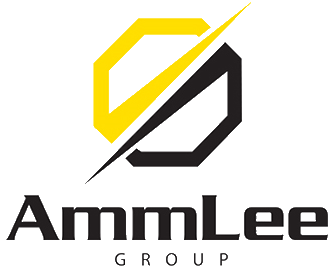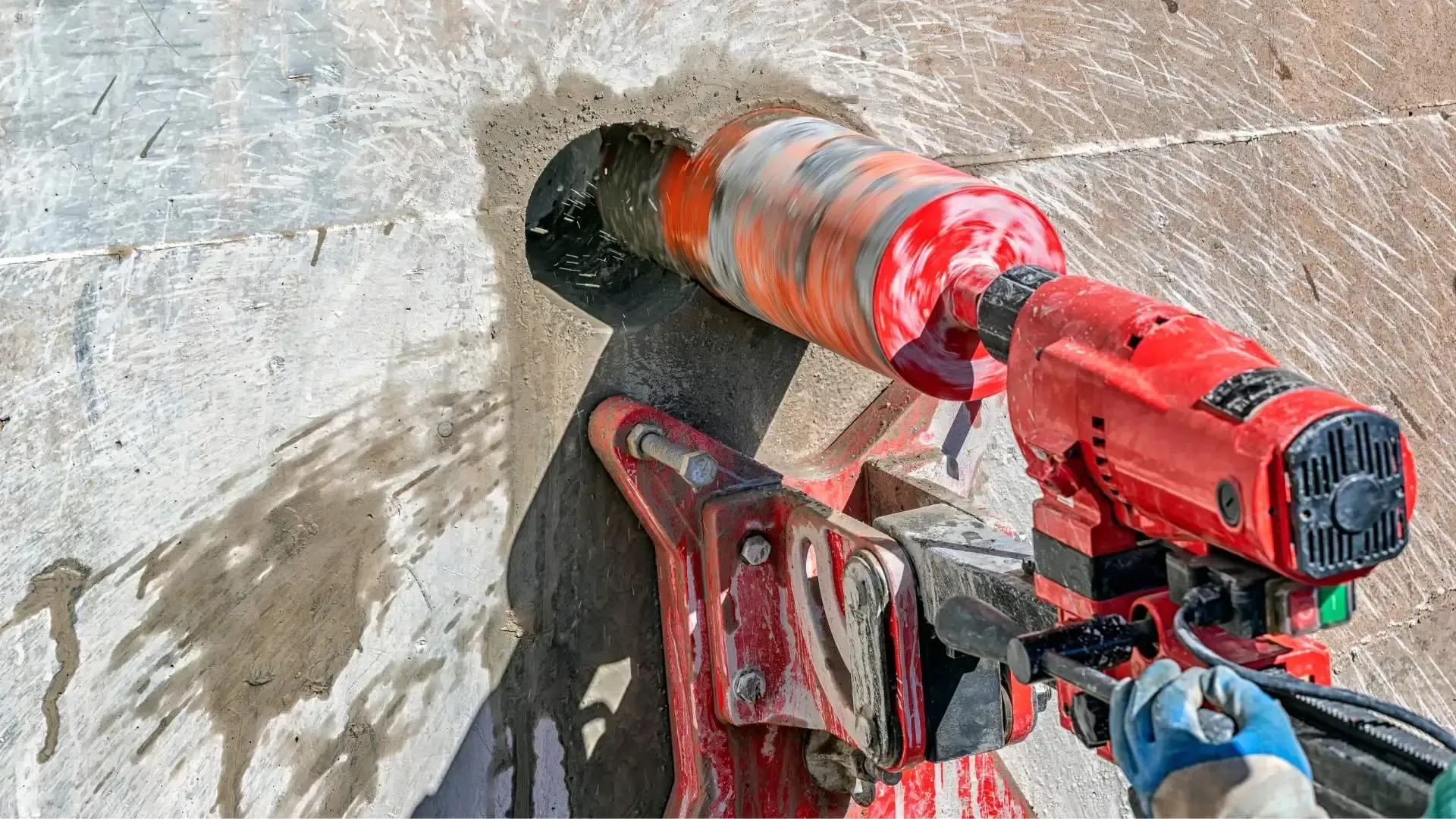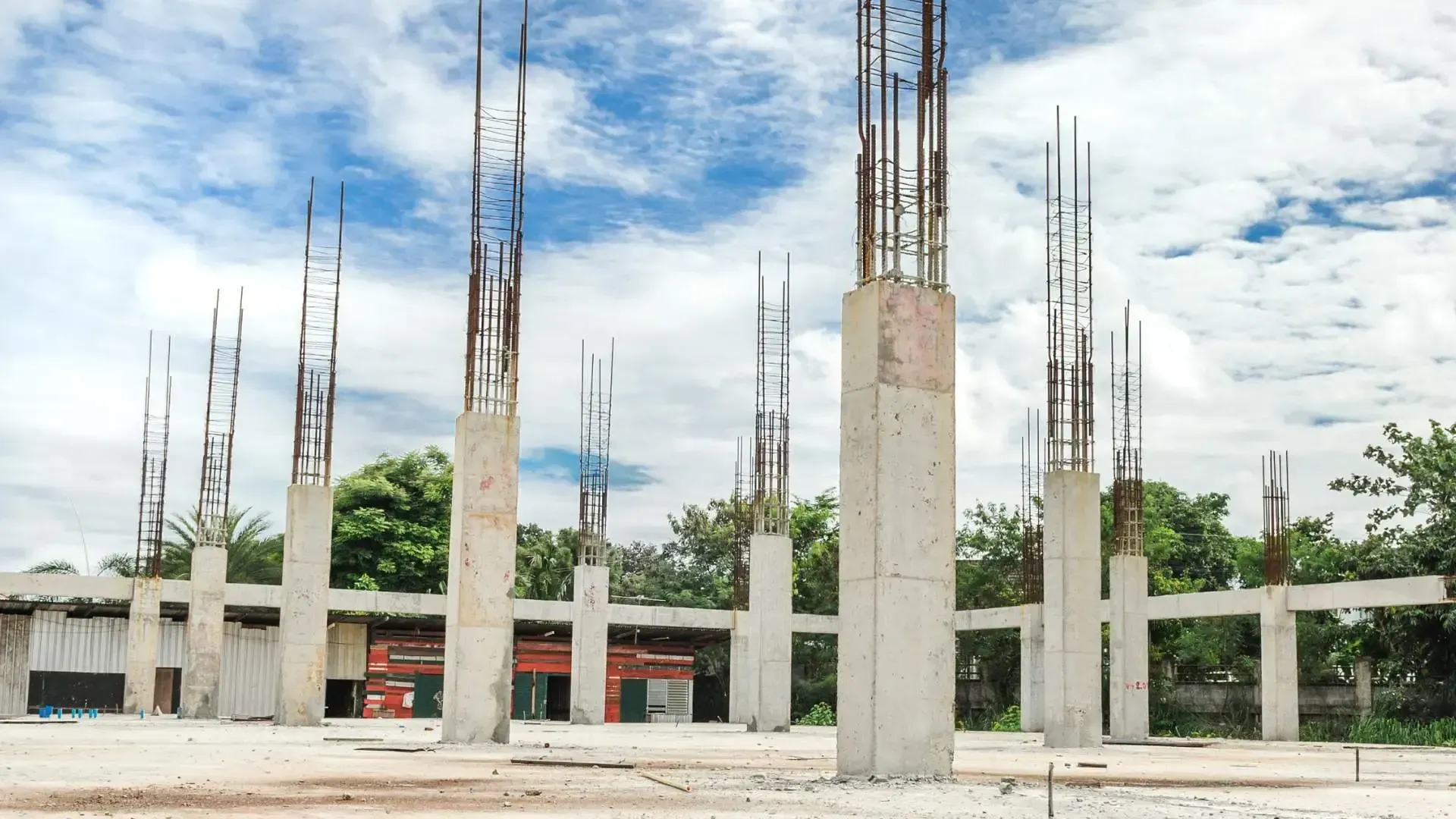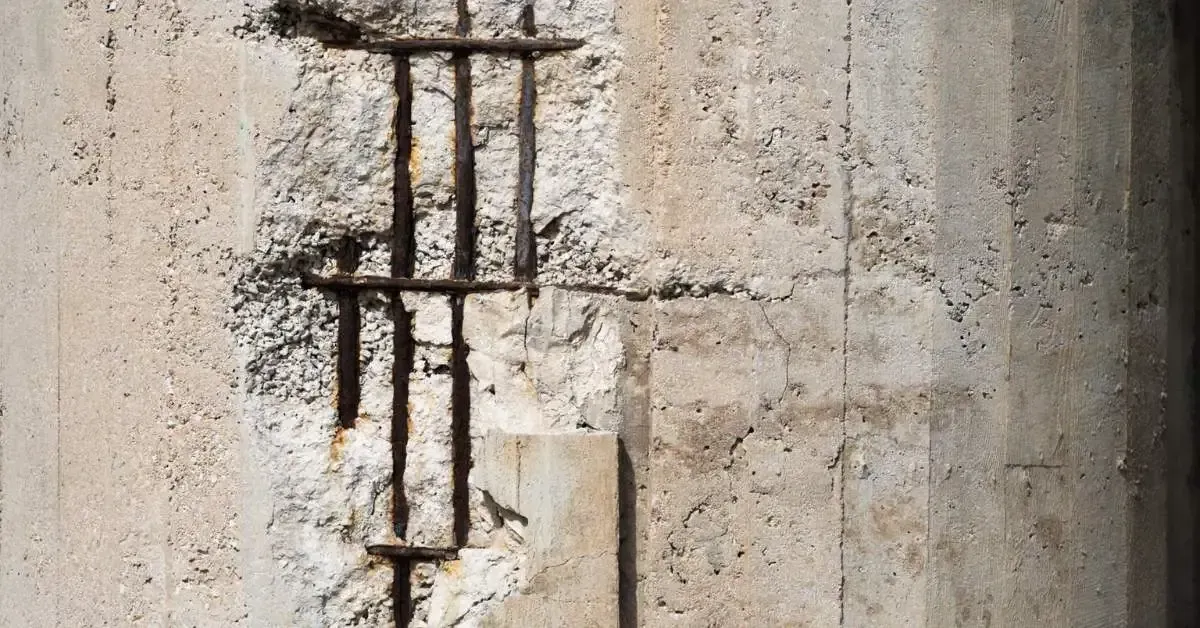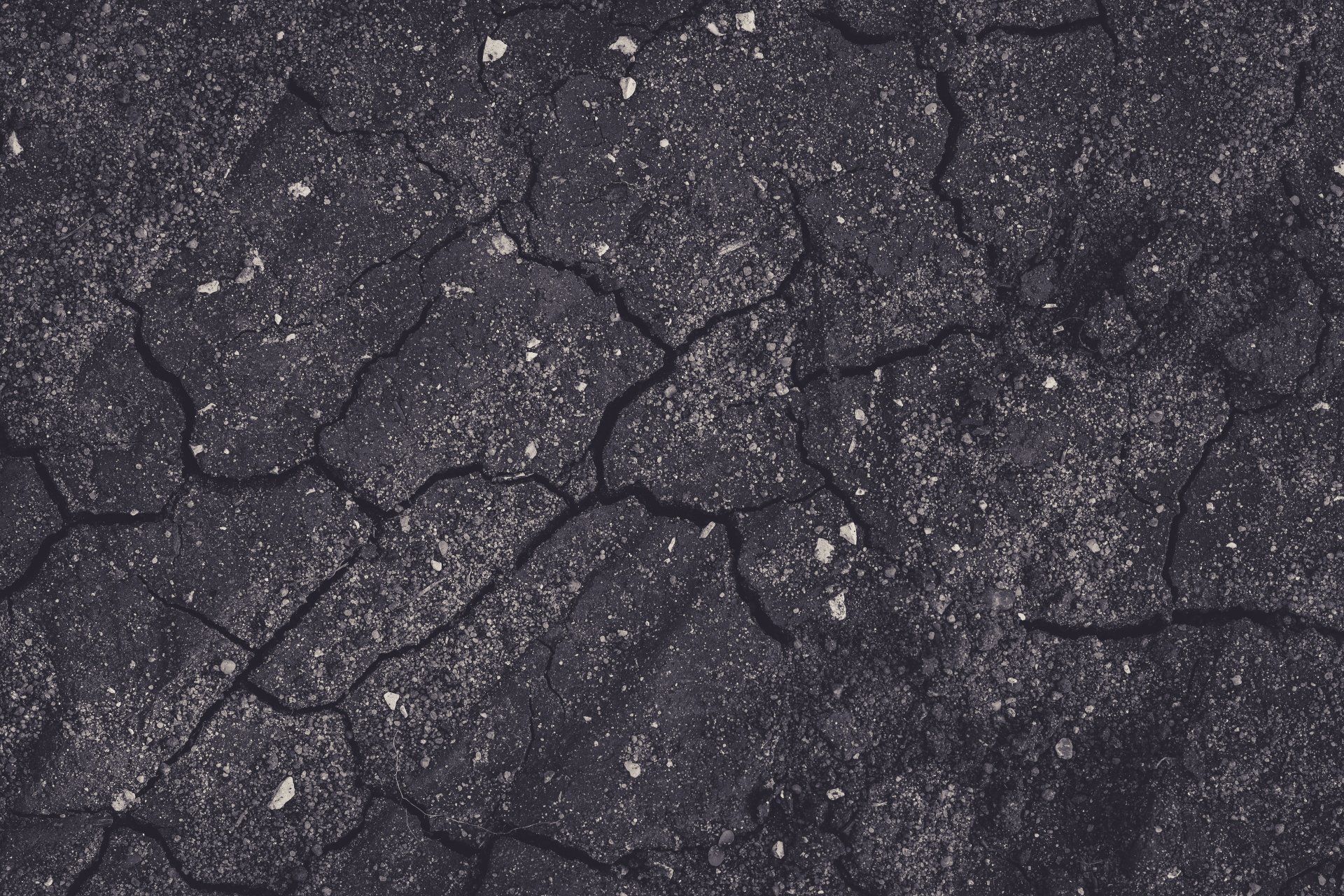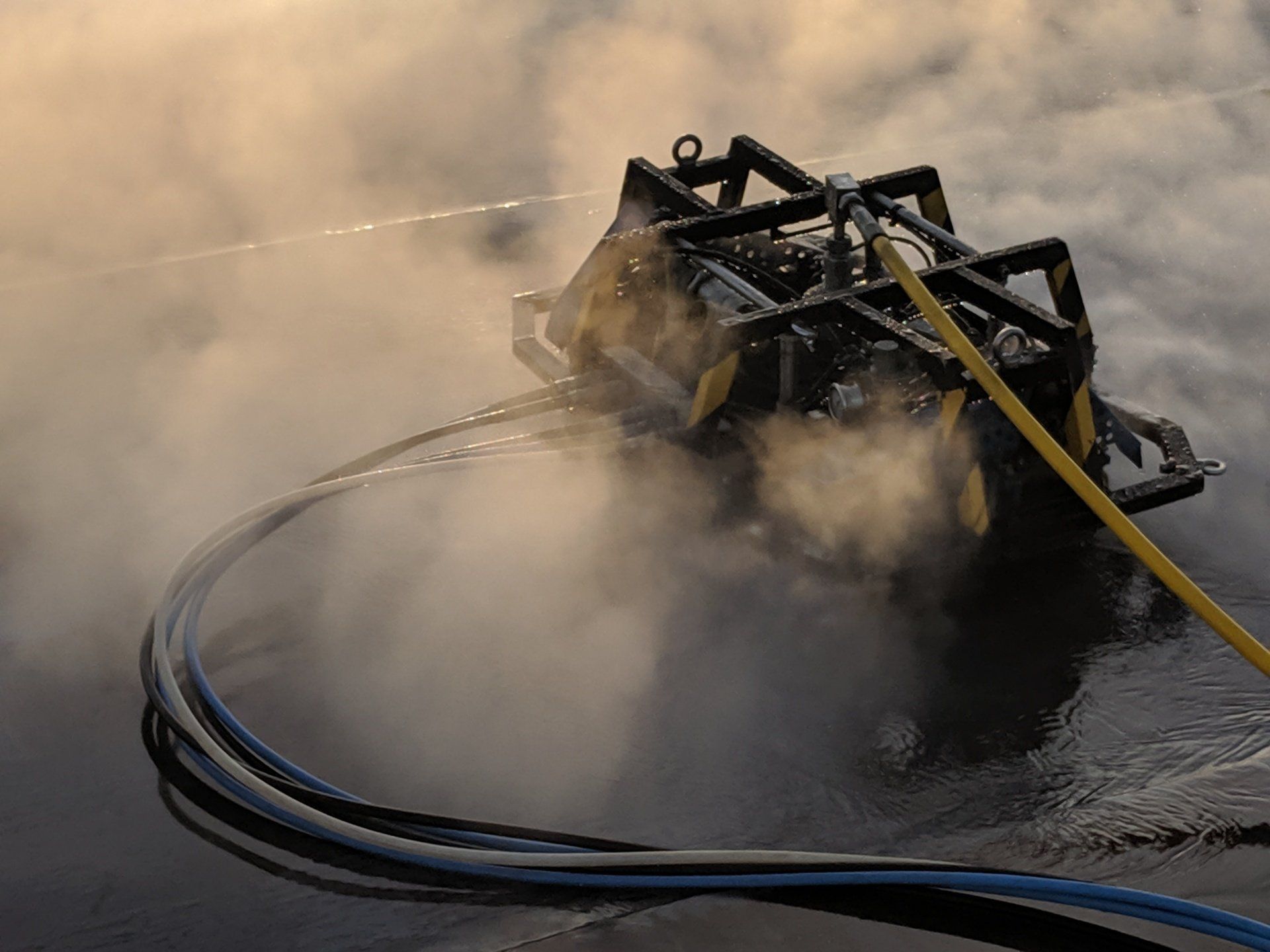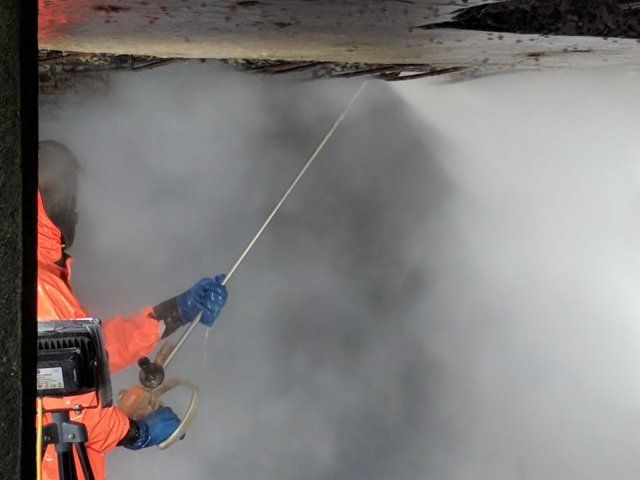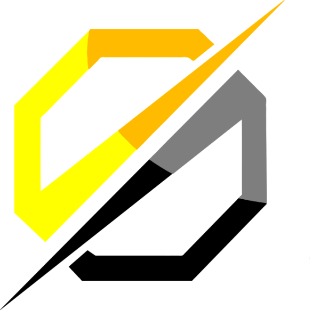What Is Line Marking Removal?
Line marking removal is the process of removing existing road and floor marking. The process becomes necessary when these markings fade due to wear and tear or when changes in layout or usage require new configurations. It is essential for maintaining the safety and functionality of various public and private spaces.
From roads and car parks to playgrounds and industrial facilities, line marking removal ensures that these areas remain safe, compliant with legal standards, and visually clear for all users. Understanding the intricacies of this process highlights its importance in urban planning and maintenance, contributing significantly to orderly and safe navigation in our daily environments.
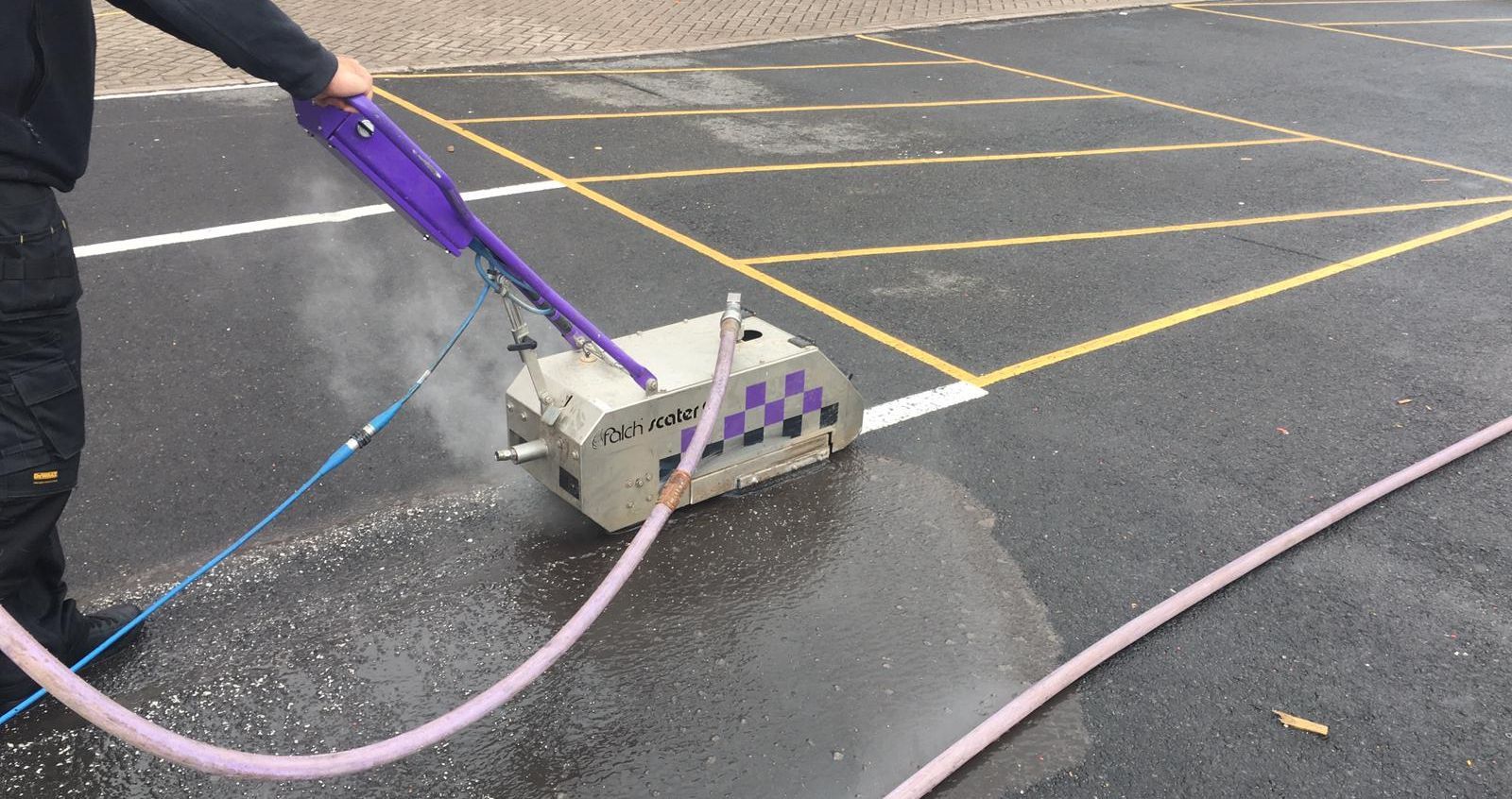
Applications of Line Marking Removal
Line marking removal is critical across various settings, each with distinct needs:
- Car Parks: Essential for reorganising spaces and maintaining clarity as layouts change or markings fade.
- Roads and Motorways: Regular removal and reapplication are necessary to preserve road safety as markings erode over time.
- Airports: Critical for the safe movement of aircraft, with markings needing regular maintenance.
- Industrial and Warehouse Areas: Important for updating safety zones and operational layouts as floor plans change.
- Public Buildings and Institutions: Ensures safety and organisation in areas like parking, emergency lanes, and walkways.
- Playgrounds and Recreational Spaces: Maintains clear, safe guidance for activities, requiring periodic updates.
In each case, the removal technique is tailored to the environment, ensuring safety and regulatory compliance.
Importance of Line Marking Removal
Line marking removal plays a crucial role in various aspects of public and private space management, integrating safety, legal compliance, aesthetics, and adaptability into its core functions.
It is essential for preventing accidents and ensuring the safety of both drivers, pedestrians, and workers by maintaining clear and correct markings. This clarity is not just a matter of practicality but also a legal requirement, as line markings must adhere to specific visibility and accuracy standards set by regulations.
Beyond safety and compliance, line marking removal is pivotal in enhancing the visual appeal and organisational efficiency of spaces, particularly in high-usage areas like car parks and public facilities.
The process is also key in adapting to infrastructural changes, such as new road layouts or modifications in facility usage, allowing for the update of markings to reflect the evolving needs and ensuring a seamless transition in the usage of these spaces.
Methods of Line Marking Removal
Several methods are employed for line marking removal, each suited to different environments and requirements:
High-Pressure Water Jetting
This method involves using high-pressure water streams to remove line markings. It's highly efficient and effective, especially for quick removals with minimal surface damage, and is environmentally friendly as it avoids harsh chemicals.
Abrasive Blasting
Also known as sandblasting, this technique uses abrasive materials propelled at high speeds to remove markings. It's effective on tougher surfaces but can be more abrasive to the underlying surface.
Chemical Removal
Certain chemicals can dissolve or soften paint for easier removal. This method is often used where other mechanical methods may be too harsh for the surface. However, it requires careful handling due to the potential environmental and health impacts of the chemicals used.
Grinding or Scarifying
This method involves mechanically grinding the surface to remove the markings. It's effective but can be damaging to the surface, often leaving a rough texture.
Thermal Lance
A thermal lance uses intense heat to burn off line markings. It's a traditional method that is effective on specific surface types but requires skilled operation and can be noisy and disruptive.
Each of these methods has its advantages and limitations, depending on factors like the type of surface, the environmental considerations, and the urgency of the removal. In professional settings, the chosen method is often determined by balancing these factors to achieve the most efficient and effective removal with the least impact on the surface and surroundings. That being said, hydroblasting is more effective and doesn’t come with the drawbacks of the other methods.
Benefits of Hydroblasting for Linemarking Removal
Choosing high-pressure water jetting for line marking removal offers multiple advantages:
Efficiency
High-pressure water jetting is highly efficient, capable of quickly removing line markings. This speed is particularly beneficial in high-traffic areas where minimising disruption is crucial.
Surface Integrity Preservation
Unlike abrasive methods, high-pressure water jetting is less likely to damage the underlying surface. This is vital for maintaining the integrity of roads and car parks, ensuring they remain in good condition post-removal.
Environmental Considerations
This method is more environmentally friendly compared to others. It doesn't rely on harsh chemicals or generate airborne particles like sandblasting, making it a safer choice for both the environment and the operators.
Versatility
High-pressure water jetting can be effective on a variety of surfaces and is suitable for different line marking materials, from paint to thermoplastic. This versatility makes it a go-to choice for diverse removal needs.
Cleanliness and Precision
The method offers a clean finish, often leaving the surface almost as good as new. Its precision allows for the targeted removal of markings without affecting the surrounding area.
Reduced Clean-up Requirements
Since water jetting doesn't leave behind residue or debris like some other methods, the clean-up process is simpler and quicker, further reducing downtime.
High-pressure water jetting stands out for its combination of efficiency, surface preservation, environmental friendliness, and versatility, making it an excellent choice for line marking removal in a variety of settings.
The Process of Line Marking Removal with Ammlee Group
The process of line marking removal by Ammlee Group is meticulously designed to ensure efficiency, safety, and client satisfaction. Here's a step-by-step overview:
1. Initial Consultation and Assessment
The process begins with a thorough assessment of the site and the line markings that need removal. This includes understanding the type of surface, the extent of the markings, and specific client requirements.
2. Planning and Strategy Development
Based on the initial assessment, a tailored plan is developed. This plan considers the best removal method (often high-pressure water jetting), the timeline, and any specific challenges or requirements of the site.
3. Setting Up Safety Measures
Before commencing work, the area is secured, and all necessary safety measures are implemented. This may include traffic management solutions, safety signage, and barriers to ensure the safety of both the workers and the public.
4. Line Marking Removal
Using high-pressure water jetting, the team carefully removes the line markings. This process is conducted with precision to ensure complete removal while preserving the integrity of the surface.
5. Quality Assurance and Inspection
After the removal, a thorough inspection is conducted to ensure all markings have been effectively removed and that the surface is in good condition. This step also involves checking for any potential residual damage.
6. Site Clean-up and Restoration
Following the removal, the site is cleaned to remove any debris or water used in the process. The aim is to leave the site in a condition that's as good as, or better than, before the work began.
Throughout the process, Ammlee Group prioritises open communication with their client, ensuring they are kept informed and involved at each stage. This client-cantered approach, combined with technical expertise and a focus on safety and environmental responsibility, makes Ammlee Group a trusted partner in line marking removal projects.
Need a Line Marking Removal Contractor?
Contact Ammlee Group today to discuss your needs and discover how our tailored
line marking removal
services can benefit your project.

Available 24 hours, 7 days a week, 365 days a year.
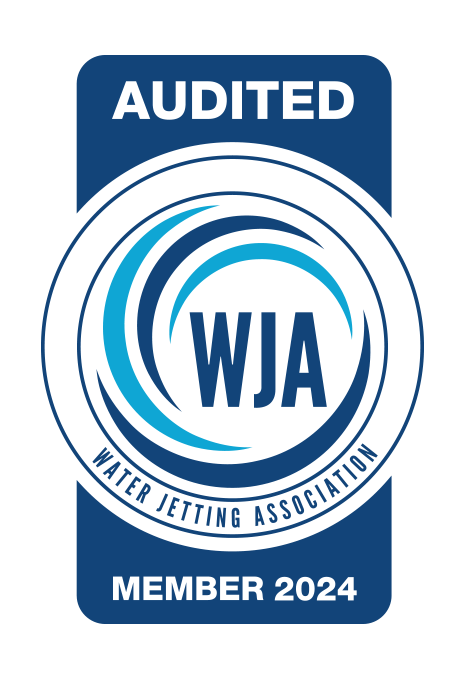 Write your caption here
Write your caption here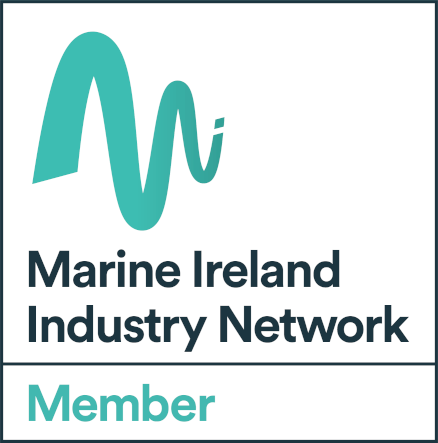
Slide title
Write your caption hereButton
Get In Touch
Belfast
Glasgow
London
Middlesbrough
Connect with us
Our Services
Company Information
Designed & optimised by CodeFixer.
